Painting defects can be of many types and can occur during or after painting. To maintain good painting works, the architects and workers should have an idea about the causes and preventive measures of defects that occur during painting works.
Painting can be fragile as time passes on, and the workers should be skilled enough to rectify the defects. The following are some of the common defects found in paint works.
Defects during paint storage
Settling
Settling of pigments to the bottom of the container and failure to re-disperse. To avoid this, store the containers away from direct sunlight and avoid long duration or excessively in warm conditions.
Remedy - Stir paint thoroughly to a uniform consistency and store in favourable conditions as recommended by the manufacturer.
Skinning
Skinning is the formation of a layer of skin on the container. To avoid this, keep the container airtight and avoid unnecessary opening of it.
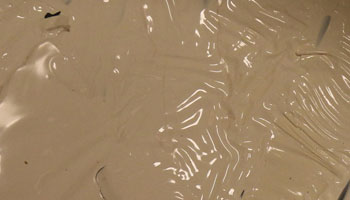
Remedy - Remove the layer of skin and stir the paint to attain a uniform consistency.
Gelling
Gelling is caused by using contaminated tools and water solvents during mixing the paint, which decreases the viscosity levels. Avoid mixing different types of paints.
Remedy - Using such type of paints is not good for walls.
Defects during application of paint on walls
Bleeding
The existing paint film leeches out of the wall due to usage of incompatible coats or thinner. To avoid this, use the proper application method for appropriate coating as recommended by the manufacturer.
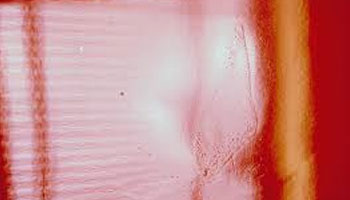
Remedy - Allow drying of primary coating before painting over with a buffer coating.
Sagging
Dripping of paint downwards on the surface after the application is called sagging. Painting of excessive thick film layers one time on the existing surface without sanding causes this defect.
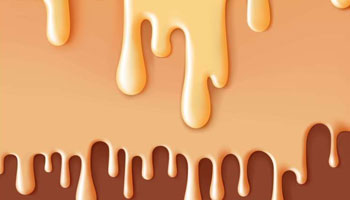
Remedy - Sand and clean the surface before painting and increase the frequency of painting thin film.
Wrinkling
Applying thick Oil-Alkyd painting over insufficiently dried paints leads to the formation of undulating wrinkling film.
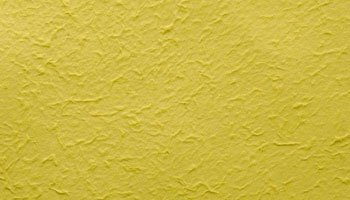
Remedy - Avoid accumulation of paint around bolts, angles, etc. and remove paint film, sand and re-paint as recommended by manufacturers.
Crawling
Painting over surfaces that contain sand, dirt or dust, which are not prepared well before applying paint leads to crawling.
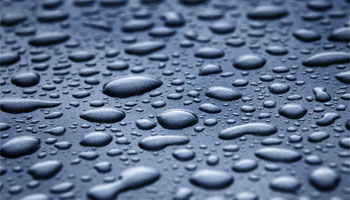
Remedy - Clean the surface without any dust and apply with appropriate paint.
Crating
Use of contaminated tools or painting over unprepared surfaces causes small bowl-shaped depressions on the surface known as crating.
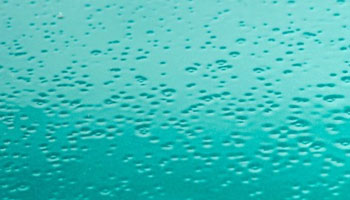
Remedy - Use clean tools and water or solvents for painting the walls.
Lifting
Overcoating on existing paint, which causes shrinkage of paint film or attacking of thinner on the undercoat.
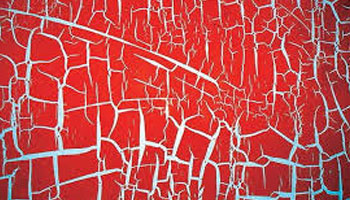
Remedy - Allow undercoating to dry completely before applying the next coating. Observe the time intervals between the successive coats as recommended by manufacturers.
Drying Time
Use of defective paint or incorrect mixing makes the paint unable to dry properly after application.
Remedy - Discard the paint if it seems defective.
Loss of Gloss
Insufficient or excessive dilution of paint and application on rough surfaces reduces the glossy feature after drying.
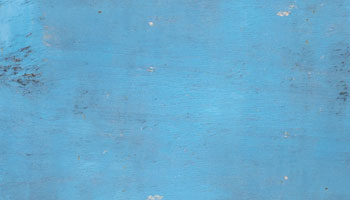
Remedy - Avoid painting in high humidity temperatures and use appropriate thinner on clean surfaces and avoid this defect.
Preventive Measures to be taken to avoid defects after painting
- Ensure that receiving surface should be free from sand, dirt or any dust. Employ good surface preparation before the application of paint.
- Moisture content on the painting surface should not exceed 6% as it helps to avoid efflorescence.
- Seal off the surface with the compatible alkali-resisting primer before the application of paint.
- Install a proper waterproofing system before painting the surface.
- Apply adequate primer to seal the surface before going for undercoat and topcoat.
- Use appropriate coating methods and select colours that are more stable to avoid deterioration.
- Use non-yellowing paints, which does not affect by light, heat or environmental situations.
- For areas exposed to extreme weather conditions, prefer weather-resistant paints.
- Protect and treat all the metal parts to avoid rust stains or corrosion.
- Avoid details with very rough textures and use algae-resistant paint to prevent algae and fungi growth.
Good craftsmanship and using of more weather and algae resistant paints increases the durability of paints on the surfaces. These are some of the important factors to know, which will help you to prevent the defects that occur while painting your house.
Also, Check: 10 Common Defects Observed in Plastering





















